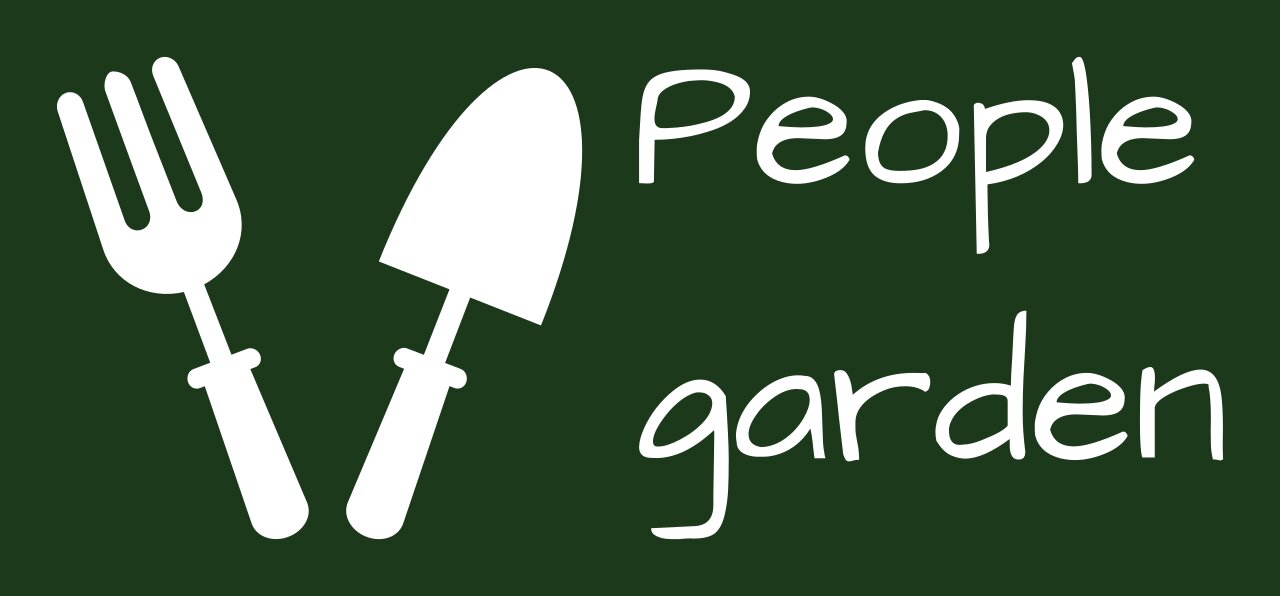That Adds Color to Your Landscape
A well-designed border garden blends seamlessly into the surrounding hardscape. Often composed of a mix of perennials and annuals, these spaces add color and beauty to your landscape while creating continuity and a sense of completeness. Use the tips in this guide to planting a border garden to select and arrange the best mix of plants to help you achieve these goals.
What is a border garden?
Border gardens are by definition gardens that act as a demarcating border around buildings, walkways and other areas in the landscape. Over the past decade, border gardens have served the purpose of providing habitat for wildlife, including birds and especially pollinators. While in the past gardens had the added benefit of creating space for wildlife, today many designers choose to create border gardens that not only look good, but more importantly, support wildlife habitat.
Tips for planting a border garden
1. Choose a color scheme
There are endless ways to choose colors for your border garden. Maybe you're an avid sports fan and want to fill your yard with flowers in your team's colors. Or maybe you prefer the elegant look of a garden of pure white flowers. However, there are a few points to consider when planning color.
First, consider the surrounding structures. Is your home light or dark, neutral in color or something bright? Make sure your garden colors contrast well with their surroundings so they don't blend together. If your house is a traditionally neutral color, make sure the garden doesn't clash with the house.
The second point to consider is consistency. If you decide to go with a lot of color, go with color everywhere. If you want to go all white, go all white everywhere - at least for the look of your border garden. In other words, if you're going with a chocolate theme, go with candy colors everywhere. A border garden that doesn't match the existing landscape can look out of place and become an expensive problem to fix later.
2. Overlap bloom times
Most border gardens provide color primarily from flowers. However, most perennials do not flower continuously during the growing season. In fact, many of these plants have established periods in which they flower, set seed, and return to vegetative growth. That's why it's important to consider flowering times and periods when choosing plants for your landscape.
To pick the best border garden plants, be careful when your chosen plants bloom in your area. On a piece of paper, draw a line and label it with the months of your growing season, then add a line above or below the baseline with each selection's bloom time. Note any gaps that may occur and look for additional species to fill in the gaps so that you have plants in all stages of bloom throughout the season. This is beneficial for the overall appearance of the garden and for pollination.
3. Composition system
After considering colors and bloom time, it's important to keep in mind the variety of textures you can bring into your garden. Border gardens provide an opportunity to draw attention to surrounding structures, and the border should provide structure and completeness.
When choosing plants, keep various leaf sizes, shapes and arrangements in mind and try a combination that provides just the right amount of texture. For example, the vertical lines of ornamental grasses go well with other linear structures and pathways, while the thick, rounded leaves of many shade plants provide contrast. Overall, different textures can be used to compliment and accentuate the surroundings.
4. Arrange plants by height
Border gardens can be used to create a screen and provide privacy or to define a low perimeter. In either case and everything in between, it's important to consider the height of the plants in your border garden. As a general rule of thumb, taller plants should be in the back of the garden, while shorter plants should be in the front of the garden. Be careful not to block short plants with tall plants or cover ground covers with large, overhanging plants.
5. Consider plant species
Many border gardens are designed with perennials and annuals. A mix of annuals and perennials will do the job, given bloom time, height and settings. However, keep in mind that each of these plant types has pros and cons.
For starters, replanting (or reseeding) on an annual basis requires a lot of time, energy and money to do the job. However, annuals allow for new plants, new colors and more variety. Perennials, on the other hand, often benefit from trimming smaller plants, mulching, or dividing larger plants. Perennials offer less design flexibility and are typically more expensive on the front end. Perennials, on the other hand, provide year-round habitat, provide great structure to the garden, and don't need to be purchased every spring. Remember that border gardens are more than just a space filled with plants. They set a mood and appreciate their surroundings. Well-designed border gardens provide valuable habitat and enrich your landscape year-round.

















0 Comments